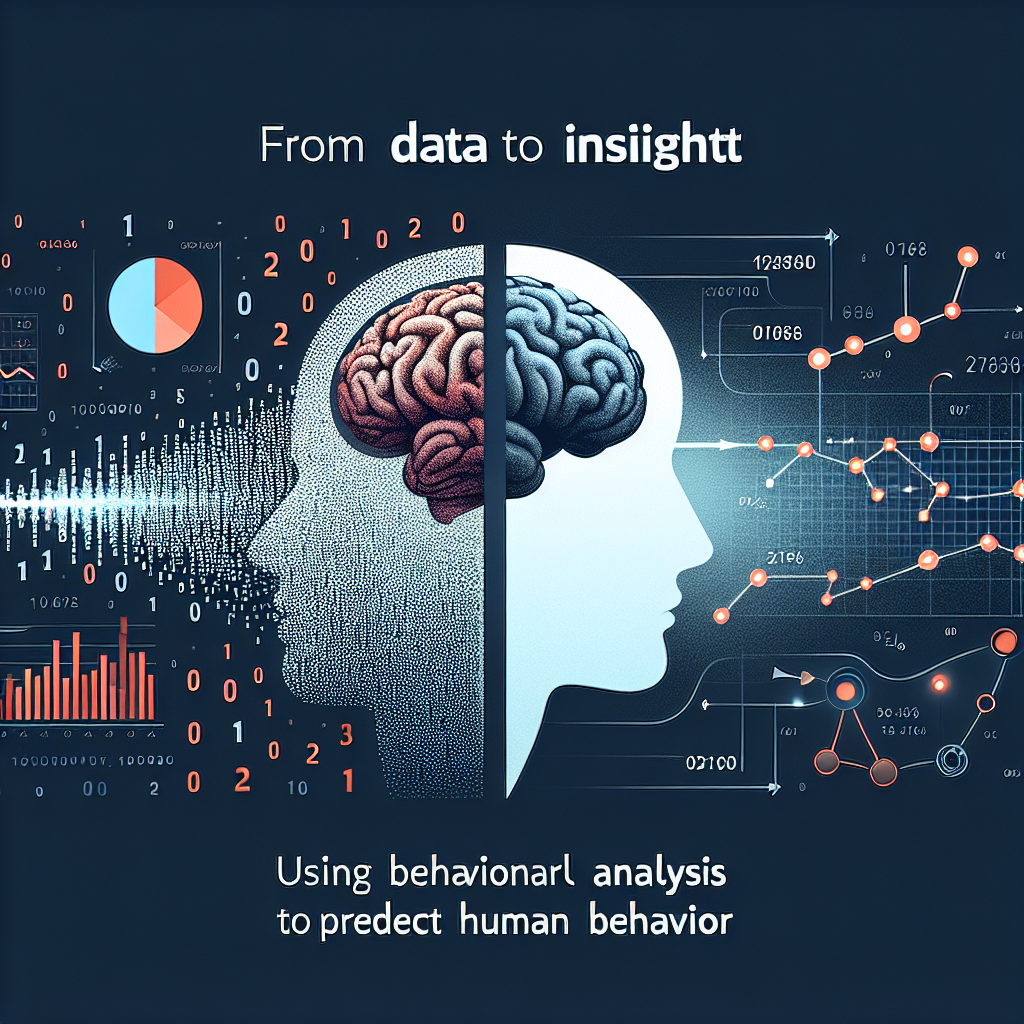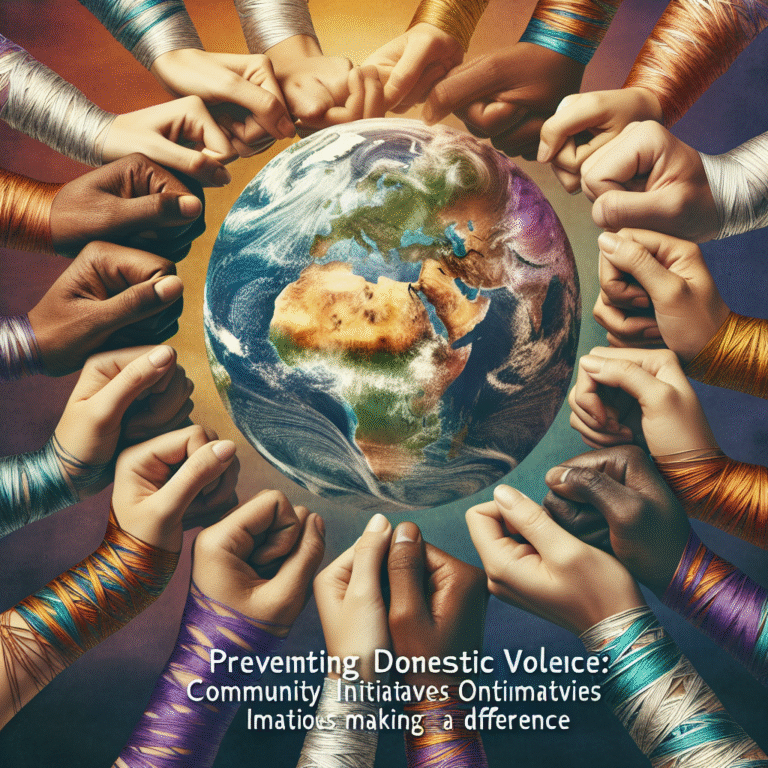
Introduction
In a world saturated with data, "From Data to Insight: Using Behavioral Analysis to Predict Human Behavior" is more than just a phrase; it represents a transformative approach that businesses, governments, and researchers are increasingly adopting. Imagine having the ability to predict how consumers will react to new products, determine the likelihood of an event happening, or improve public services based on the behaviors of citizens. The power of behavioral analysis lies in its ability to convert raw data into actionable insights, ultimately paving the way for more informed decisions.
Today, organizations are under immense pressure to utilize vast amounts of data effectively. With AI and machine learning technologies evolving rapidly, the capability to analyze behaviors in real-time can provide a significant competitive edge. Join us on an enlightening journey as we explore how behavioral analysis can transform data into profound insights that predict human behavior.
Understanding Behavioral Analysis
Behavioral analysis is the systematic examination of the observable actions of individuals or groups. It focuses on what people do rather than what they say, aiming to predict future actions based on historical data. This method is particularly valuable as it reveals hidden patterns and trends that traditional analysis might overlook.
Key Components of Behavioral Analysis
-
Data Collection: Gathering data from various sources, including social media, customer interactions, and online behavior.
-
Data Processing: Using algorithms and software to process collected data and identify significant patterns.
-
Insight Generation: Interpreting processed data to derive actionable insights that can inform predictions about future behavior.
- Implementation: Integrating these insights into decision-making processes.
The Journey from Data to Insight
The transition from raw data to meaningful insights requires a strategic approach. Organizations can follow a structured framework:
Step 1: Define Objectives
Before delving into the data, it’s crucial to set clear objectives. What questions are you trying to answer? Are you looking to improve customer engagement or reduce churn? Clear objectives will guide your analysis.
Step 2: Collect Data
Data collection can happen through various means, including surveys, website analytics, and social media monitoring. The more diverse the data sources, the richer your analysis will be.
| Data Source | Description |
|---|---|
| Transactional Data | Records of customer purchases |
| Engagement Metrics | User interactions on digital platforms |
| Social Media Posts | Public sentiment and trends in real-time |
| Surveys | Direct feedback from customers |
Step 3: Analyze the Data
Utilize tools like machine learning algorithms to extract meaningful patterns. For example, clustering algorithms can identify distinct customer segments based on purchasing behavior.
Step 4: Generate Insights
Transform your analysis into insights that can be easily communicated across your organization. Visual aids like dashboards can be beneficial here.
Step 5: Implement and Monitor
Deploy your findings and continuously monitor your results to refine processes based on real-world impacts.
Case Studies
Case Study 1: Netflix
Background: Netflix utilizes behavioral analysis extensively to tailor its content recommendations.
Application: By analyzing user viewing habits, Netflix can predict which new shows or movies may become popular among specific user segments.
Outcome: This data-driven approach has significantly lowered churn rates, proving that effective behavioral analysis can lead to better customer retention.
Case Study 2: Amazon
Background: Amazon employs behavioral analysis for personalized marketing.
Application: Using data from previous purchases and browsing patterns, Amazon creates targeted ads and product recommendations.
Outcome: This strategy has increased cross-selling and upselling opportunities, demonstrating the efficiency of turning behavioral data into insights.
Case Study 3: Target
Background: Target’s use of behavioral analysis includes predicting customer buying behavior based on seasonal trends.
Application: By analyzing purchasing data, Target identified that certain customers were likely to be expecting a baby based on their purchases. This insight allowed them to send tailored marketing materials.
Outcome: This strategic targeting led to increased sales and improved customer satisfaction.
Visual Insights: The Impact of Behavioral Analysis
Utilizing behavioral analysis can be visualized in the following chart, which showcases the benefits it offers across different sectors:
| Sector | Benefit | Example |
|---|---|---|
| Retail | Increased Sales | Target’s customized promotions |
| Entertainment | Enhanced User Engagement | Netflix’s personalized recommendations |
| Healthcare | Improved Patient Outcomes | Predictive analytics for preventive care |
| Education | Tailored Learning Experiences | Adaptive learning platforms |
The Role of Technology in Behavioral Analysis
In the age of big data, advanced technologies play a pivotal role in how we analyze human behavior. Big data analytics, machine learning, and AI tools enable analysts to delve deep into consumer behaviors, identifying trends and anomalies that would be impossible to detect manually.
The Importance of AI in Behavioral Analysis
AI enhances predictive capabilities, allowing businesses to simulate various scenarios based on data inputs. This not only aids in forecasting consumer actions but also helps in risk management.
Challenges in Behavioral Analysis
While behavioral analysis offers immense potential, several challenges must be addressed:
Data Privacy Concerns
With regulations like GDPR, organizations must tread carefully to ensure compliance while extracting valuable insights from user data.
Data Quality
The effectiveness of behavioral analysis hinges on the quality of the data collected. Garbage data leads to garbage insights.
Integration of Diverse Data Sources
Efficiently merging data from various platforms can be complex. A unified data strategy is essential for successful analysis.
Conclusion
The transition "From Data to Insight: Using Behavioral Analysis to Predict Human Behavior" is a critical step for any organization that seeks to thrive in today’s fast-paced market. As we’ve explored, the process involves a structured approach that starts with clearly defined objectives, moves through meticulous data collection and analysis, and culminates in actionable insights that drive decision-making.
In the face of challenges like data privacy and integration complexities, the rewards of effective behavioral analysis far outweigh the risks. With rapidly evolving technologies enhancing our analytical capabilities, the future looks promising.
Key Takeaway:
Embrace the power of behavioral analysis to turn vast troves of data into insights that can predict human behavior and guide your organization towards success.
FAQs
1. What is behavioral analysis?
Behavioral analysis focuses on the observation of actions and behaviors rather than relying on self-reports. It aims to predict future behavior based on past actions.
2. How does data privacy affect behavioral analysis?
Data privacy regulations impose constraints on how data can be collected, stored, and utilized. Organizations need to comply while still gaining valuable insights.
3. What technologies are essential for effective behavioral analysis?
Key technologies include big data analytics, machine learning algorithms, and AI tools, which enhance the depth and accuracy of insights drawn from data.
4. Can small businesses benefit from behavioral analysis?
Absolutely! Small businesses can leverage behavioral analysis through targeted marketing campaigns and improved customer engagement, driving growth even with limited resources.
5. How can I start implementing behavioral analysis in my organization?
Begin with a clear understanding of your objectives, invest in data collection tools, and use analytics platforms to process and visualize your data effectively.
By navigating the landscape "From Data to Insight: Using Behavioral Analysis to Predict Human Behavior," stakeholders can make informed, impactful decisions, driving better outcomes across industries.


















